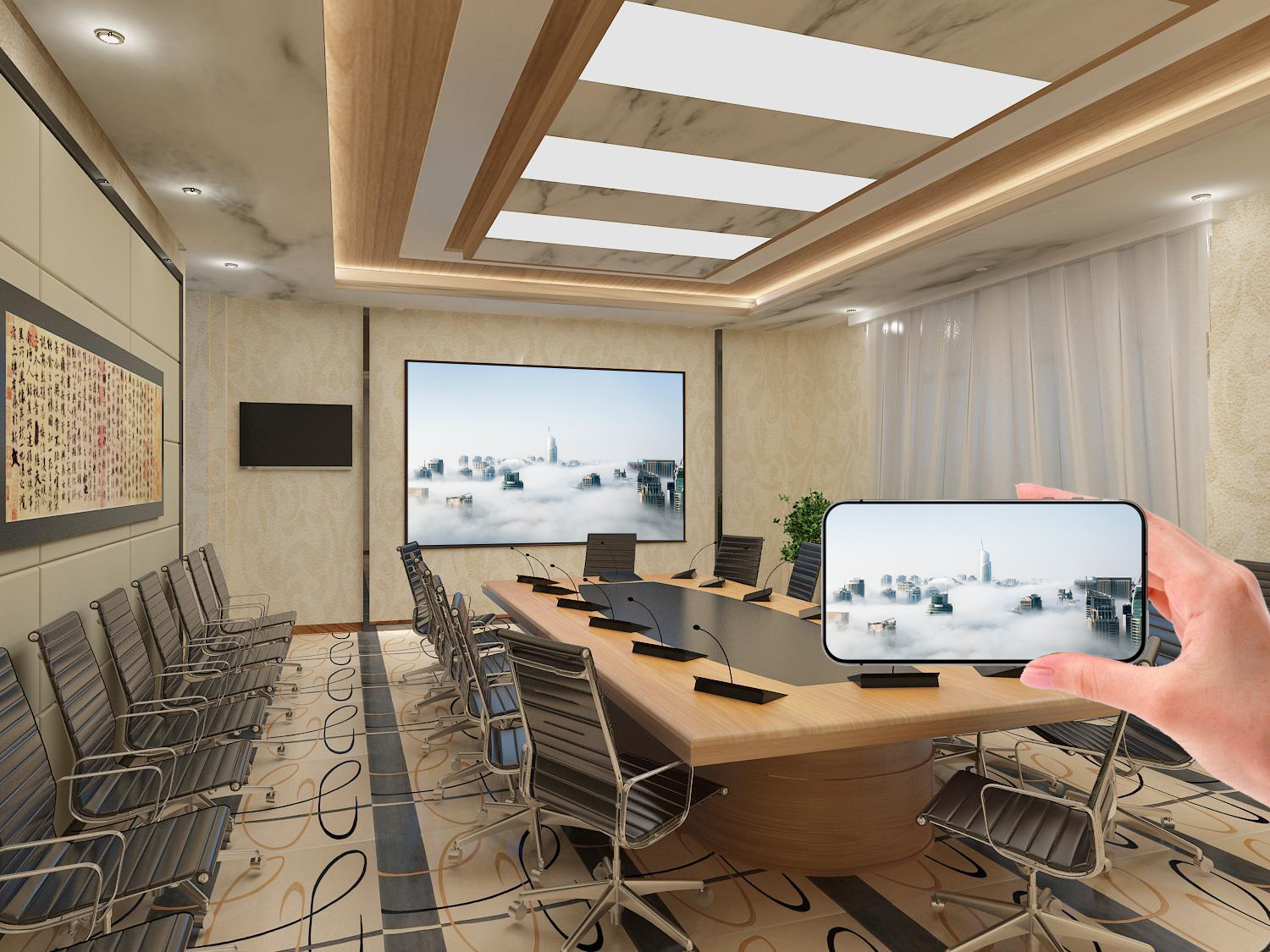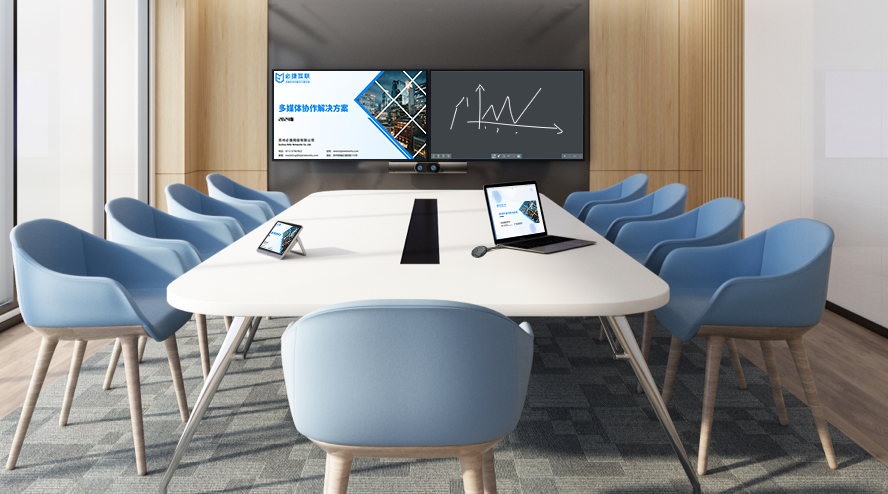DLNA: A Multi-Device Multimedia Sharing Solution
DLNA, a mature multimedia sharing protocol, allows devices like phones, computers, and TVs to overcome brand and system limitations to wirelessly transmit audio, video, and image content. With targeted optimization, it can get rid of the complexity of traditional transmission and achieve more stable multimedia sharing in scenarios like home, office, and education.
Full Device Compatibility, Easy Access to a Sharing Network
There’s no complex setup required. Devices that support the DLNA protocol are automatically recognized when turned on. Various terminals, including phones, computers, smart TVs, and projectors, can quickly connect to the same sharing network. Mobile devices with Android or iOS, computers with Windows or macOS, and smart home appliances of different brands can all be smoothly linked. The device compatibility rate is over 98%.
Even older devices can be easily integrated. Older TVs that don’t natively support DLNA can connect to the sharing network after connecting an adapter module, eliminating the need to replace the device and reducing usage costs. The connection process doesn’t require installing special software; it can be completed using the device’s built-in functions, so the operating threshold is low, and even seniors and children can quickly get the hang of it.
Stable Transmission, Smooth Multimedia Content Presentation
It supports real-time transmission of high-definition audio and video. The frame rate for 1080P video playback is stable at above 30fps, with no lagging or ghosting, and the color reproduction is close to the original file. When transmitting 4K video, it can smartly adapt to the network bandwidth to optimize image quality while ensuring smoothness, preventing playback interruptions due to network fluctuations.
Audio transmission is highly synchronized, with latency controlled within 50ms. When playing music or video, the audio and picture are precisely matched, and there’s no audio lagging or jumping ahead. Image transmission is fast and clear. High-definition photos taken on a phone, when projected onto a large screen, have clear details and textures, making them suitable for family sharing or office presentations.
Multi-Scenario Adaptation, Unleashing Multimedia Value
Home Entertainment Scenarios
Family members can use their phones to cast a family video they filmed to the TV via DLNA, making it a more atmospheric experience to watch together. Music from a phone can be cast to a speaker for playback, and since no cables are needed, it’s more flexible for mobile use. Different devices can take turns playing. A child can watch a cartoon on a tablet, and after they pause it, they can resume playback on the TV, avoiding content interruption and improving the viewing experience.
Parents can use a management function to restrict device mirroring permissions to prevent their children from casting inappropriate content. At the same time, they can set the playback duration to reasonably control entertainment time, balancing fun and health.
Office Presentation Scenarios
In a meeting, an employee can use a computer to cast a product demonstration video to a large conference screen via DLNA, so attendees can watch it clearly. Client photos from a phone can also be quickly cast to the large screen to assist with the explanation, without having to copy the files in advance, which improves meeting efficiency. It supports multiple devices casting at the same time, and materials from different departments can be displayed in a split-screen view, which is convenient for comparison and analysis and makes discussions more intuitive.
Educational Scenarios
A teacher can use a computer to cast an educational video to the classroom’s large screen via DLNA, so students can see it more clearly. Educational images from a phone can also be cast to the large screen to be used with the explanation, enriching the teaching format. Students can use a tablet to cast their completed multimedia homework to a group screen for classmates to view and comment on together, which increases interaction and makes teaching more lively.
The DLNA solution, through optimized adaptation, makes multi-device multimedia sharing simpler and more efficient. In scenarios like home, office, and education, it allows content to flow flexibly without complex operations, fully unleashing the value of multimedia content and providing convenient support for content sharing in different scenarios.